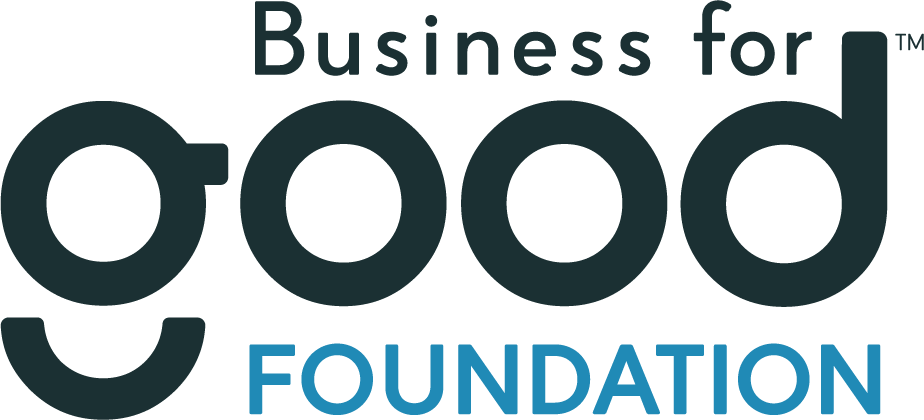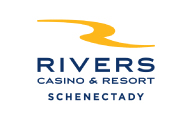News
April 28, 2020NSF Awards $200K Grant to Clarkson Professors Studying Transmission of SARS-CoV-2 Virus
Recent scientific and media reports have highlighted the risk of airborne transmission of the SARS-CoV-2 virus, which causes COVID-19.
While it is understood that coughing and sneezing can easily spread the virus over long distances, a multi-disciplinary group of Clarkson professors is framing the problem in a new light. They are examining how air expelled from the mouth during speech contributes to the spread of the virus.
A recent $199,369 award from the National Science Foundation (NSF) will fund their work for the next year. The grant was awarded in response to a special solicitation by the NSF seeking proposals that could immediately explore how to model and understand the spread of COVID-19.
The project is a multi-disciplinary collaboration that will be led by Principle Investigator and Associate Professor of Mechanical & Aeronautical Engineering Byron Erath, and includes Co-Investigators Professor of Civil and Environmental Engineering Andrea Ferro, Distinguished Professor and Robert H. Hill Professor of Mechanical & Aeronautical Engineering Goodarz Ahmadi, Paynter-Krigman Endowed Professor in Engineering Science Simulation and Chair of Mechanical & Aeronautical Engineering Brian Helenbrook, and Trudeau Institute Manager of the Joint Educational Programs Deborah Brown.
“We all know that we should cover our mouth when we cough and sneeze, but, what about when we speak?” says Erath. “Similar to coughing and sneezing, speaking produces small virus-laden droplets of water and saliva that can transport the virus into the surrounding air, staying airborne for over an hour at a time, increasing the infection risk for individuals in the vicinity.
“Although coughing generates about twice as many droplets as speaking, we speak far more often, potentially leading to a much higher concentration of particles, particularly within enclosed spaces.”
Of particular interest to the research group is how specific speech utterances, such as fricatives and plosives, create high-velocity blasts of air at the mouth, propelling virus-laden droplets over long distances.
Fricatives are utterances produced by narrow occlusions at the mouth, such as consonant sounds /th/, /f/, and /s/, which produce high velocity jets of air leaving the mouth.
Plosives are sounds produced by the sudden release of air at the mouth. This occurs, for example, when making the /pae/ sound at the start of the word “puff”. The research group has shown how plosives produce vortex rings in the air, which are connected regions of rotating fluid that can self-propel themselves and the droplets contained within them over long distances.
The researchers will first use experimental techniques to measure the velocity of the air that exits the mouth during speech, while also measuring the size and distribution of the droplets that are produced. This information will then be input into numerical simulations that use computational fluid dynamics (CFD) to track the motion of representative virus particles as they move throughout the surrounding environment.
By determining how particles are spread within indoor spaces during speech, the researchers will then be able to predict the infection risk for individuals that are in the vicinity of someone that is speaking.
“This is very important work,” says Ferro, “because it will allow us to determine what an appropriate safe distance is between individuals to minimize the risk of airborne transmission of the virus, and how this transmission risk is influenced by indoor environments, where accumulation of particles over time can drastically influence the “safe distance” and the associated risk of infection.”
“It feels good to be able to contribute to the current COVID-19 pandemic in a way that can inform public health and keep people safe,” says Erath. “As the pandemic quickly progressed, we looked at different ways that we could use our training, education, and backgrounds to help individuals within the local, national, and global community. It quickly became apparent that the most effective use of our time was to marshal our collective abilities to better understand the infection risks associated with airborne transmission of the virus.”
As a private, national research university, Clarkson is a leader in technological education and sustainable economic development through teaching, scholarship, research and innovation. We ignite personal connections across academic fields and industries to create the entrepreneurial mindset, knowledge and intellectual curiosity needed to innovate world-relevant solutions and cultivate the leaders of tomorrow. With its main campus located in Potsdam, N.Y., and additional graduate program and research facilities in the New York Capital Region, Beacon, N.Y., and New York City, Clarkson educates 4,300 students across 95 rigorous programs of study in engineering, business, the arts, education, sciences and health professions. Our alumni earn salaries that are among the top 2.5% in the nation and realize accelerated career growth. One in five already leads as a CEO, senior executive or owner of a company.


























